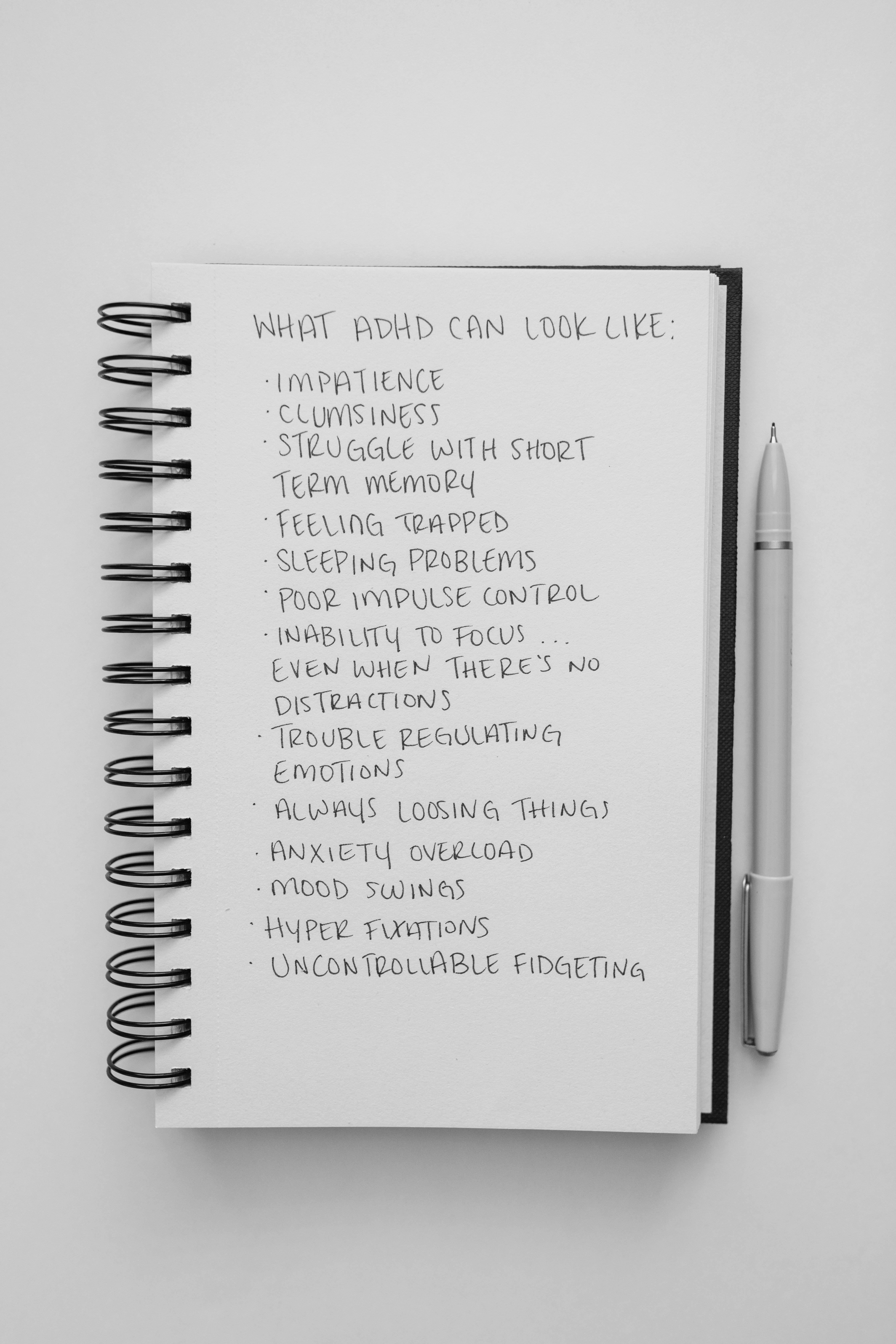Understanding ADHD
October 01, 2025
Written by Erin Dos Reis, LCSW, Clinical Director at HopeWay’s Teen Mental Health Programs
Attention-Deficit/Hyperactivity Disorder (ADHD) is one of the most common neurodevelopmental disorders, yet it is also one of the most misunderstood. Parents, teachers, and even teens themselves often have questions about what ADHD really means, how it shows up, and what treatment looks like.
Definition of ADHD
At its core, ADHD is a condition that affects a person’s ability to regulate attention, impulses, and activity level. While it’s normal to feel distracted or restless from time to time, individuals with ADHD experience these challenges more frequently and intensely, often in ways that impact school performance, relationships, and daily responsibilities.
What ADHD Looks Like
ADHD stands for Attention-Deficit/Hyperactivity Disorder. The name reflects the two core challenges: difficulties with attention (staying focused or organized) and hyperactivity/impulsivity (fidgeting, interrupting, or acting quickly without thinking). ADHD symptoms can vary, but generally fall into two categories:
- Inattention: Trouble staying focused, difficulty completing tasks, forgetfulness, or disorganization.
- Hyperactivity/Impulsivity: Excessive talking, restlessness, difficulty waiting turns, or acting before thinking.
It’s important to note that not every person with ADHD has all of these symptoms, and symptoms may change over time, especially during the teenage years. Many teens experience a combined presentation, showing signs of both.
The 3 Types of ADHD
You may still hear the term ADD (Attention-Deficit Disorder), but it is no longer a formal diagnosis. Today, ADHD is the official term, and it includes three different presentations:
- Predominantly Inattentive
- Predominantly Hyperactive-Impulsive
- Combined Presentation
What used to be called ADD would now be considered ADHD, Predominantly Inattentive Presentation.

How Common Is ADHD?
ADHD is very common. According to the CDC, an estimated 7 million (11.4%) U.S. children 3–17 years old have been diagnosed with ADHD1. For teens, the symptoms may look different than they did in elementary school, shifting from constant motion to difficulties with organization, motivation, and impulse control.
Diagnosis and Treatment
Because ADHD symptoms can overlap with conditions such as depression and anxiety, a comprehensive evaluation by a properly credentialed professional is essential. Testing typically includes clinical interviews, questionnaires, and a review of developmental and medical history.
Once diagnosed, the most effective treatment for ADHD typically involves a combination of medication management and therapy. Medication can help regulate attention and impulsivity, while therapy provides teens with coping skills, organization strategies, and emotional support. Family therapy is often recommended to help parents and caregivers build structure and consistency at home.
ADHD is not a reflection of laziness or lack of intelligence, it is a medical condition that can be successfully managed. With the right treatment and support system, teens with ADHD can learn to channel their energy, build on their strengths, and grow into resilient young adults.
References:
- Centers for Disease Control and Prevention. (2024, May 15). Data and statistics about ADHD. U.S. Department of Health & Human Services. https://www.cdc.gov/adhd/data/index.html
Learn More About ADHD
